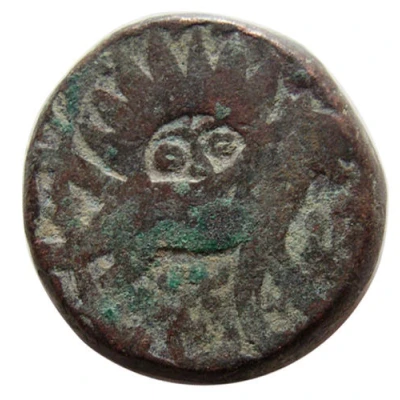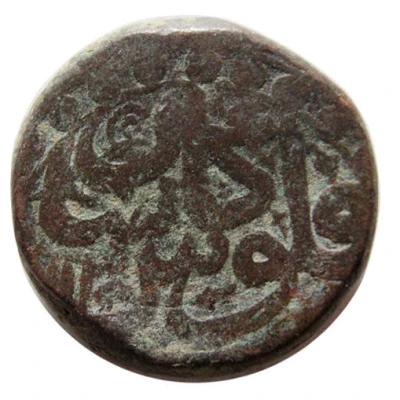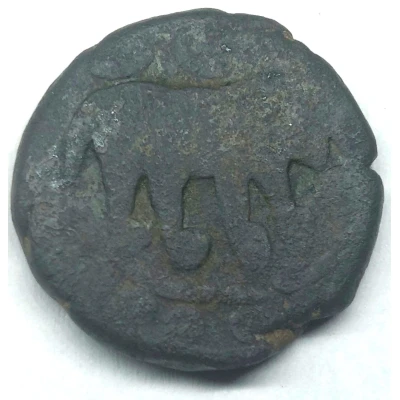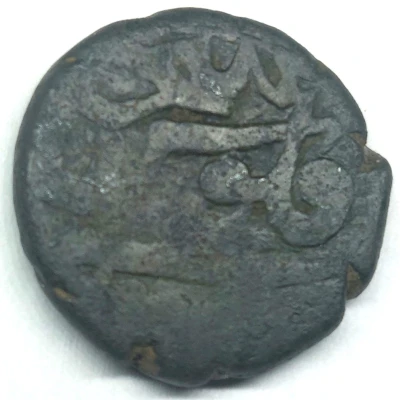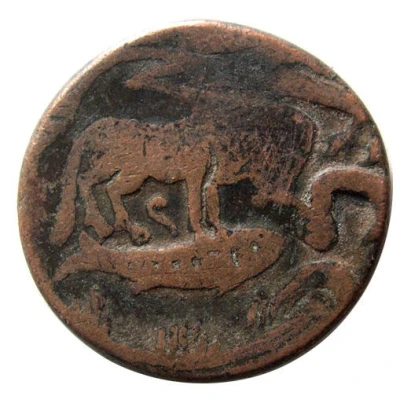
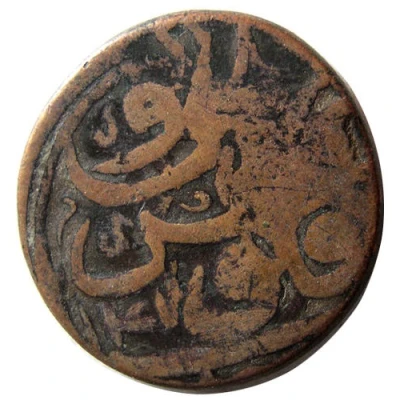

© سامعی (CC BY)
Falus - Abbas III Safavi Qazvin
1147 (1735) year| Copper | 12.92 g | 25 mm |
| Issuer | Iran |
|---|---|
| Shah | Abbas III (1732-1736) |
| Type | Standard circulation coin |
| Year | 1147 (1735) |
| Calendar | Islamic (Hijri) |
| Currency | Shahi (1501-1798) |
| Composition | Copper |
| Weight | 12.92 g |
| Diameter | 25 mm |
| Shape | Round (irregular) |
| Orientation | Coin alignment ↑↓ |
| Demonetized | Yes |
| Updated | 2024-10-05 |
| Numista | N#195067 |
|---|---|
| Rarity index | 94% |
Reverse
Lettering:
فلوس ضرب قزوین
۱۱۴۷
Translation:
Struck in Qazvin
1147
Edge
Plain
Interesting fact
The Falus coin was issued during the reign of Abbas III Safavi, who was the Shah of Iran from 1732 to 1740. This coin was part of a new currency system that Abbas III introduced to replace the old currency, which had become devalued due to excessive minting. The Falus was equivalent to 1/4 of a Toman, which was the main currency unit at the time. The coin was made of copper and had a distinctive design, featuring a crowned lion on one side and an ornate floral pattern on the other. Despite its relatively low value, the Falus was an important part of everyday transactions in Iran during that time period.
